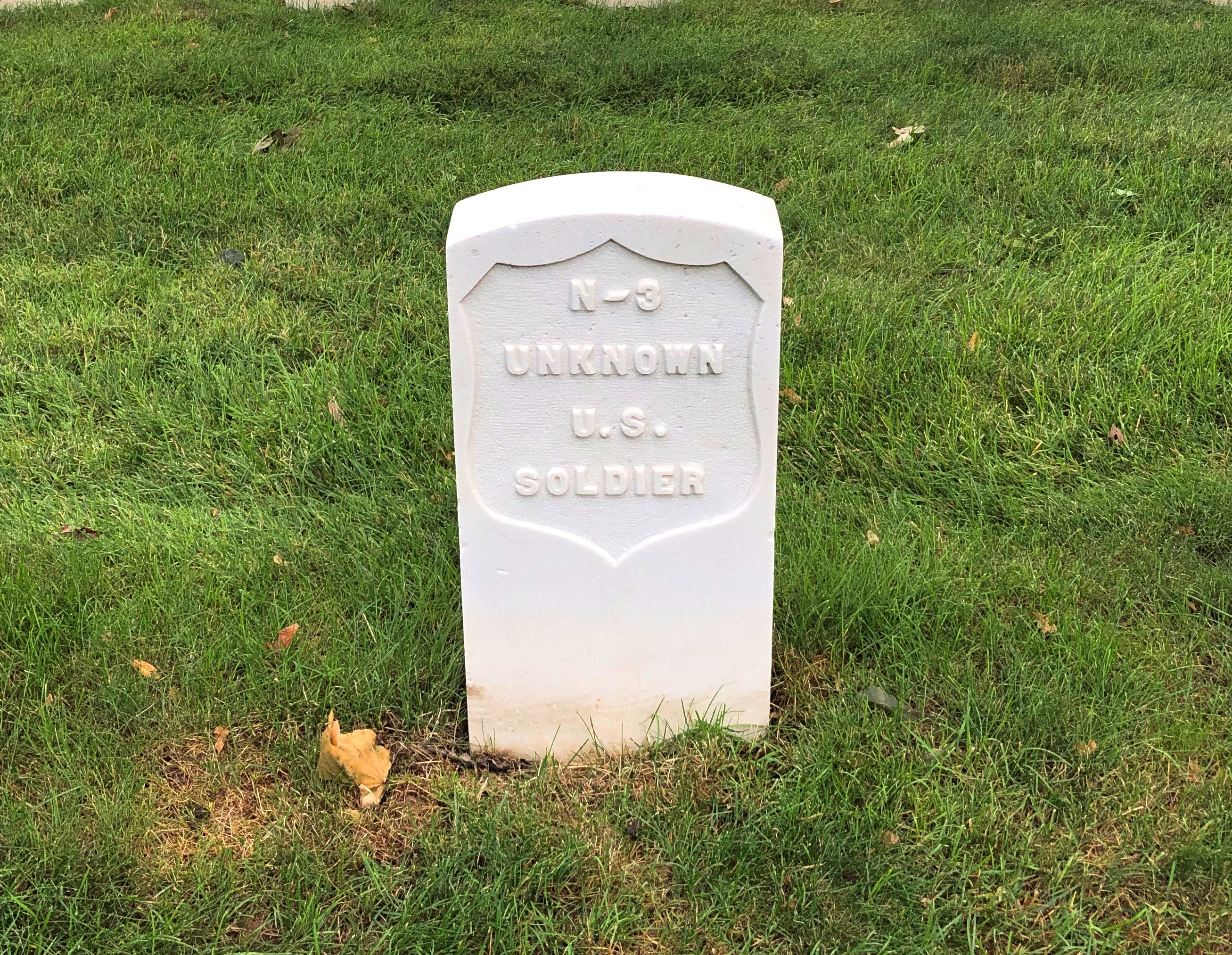I spent the first night of the drive in Madison, Wisconsin, ensconced in a motel room as a late evening thunderstorm, a powerful one, blew through. Little is so pleasing as the sound of wind and thunder and strong rain outside while you are comfortably in your bed – in a rented room.
The next morning dawned clear and warm. So of course the first place I went was a storied old cemetery, a creation of the 19th-century rural cemetery movement, in this case Madison’s Forest Hill Cemetery, dating from 1857. It’s an expansive place.

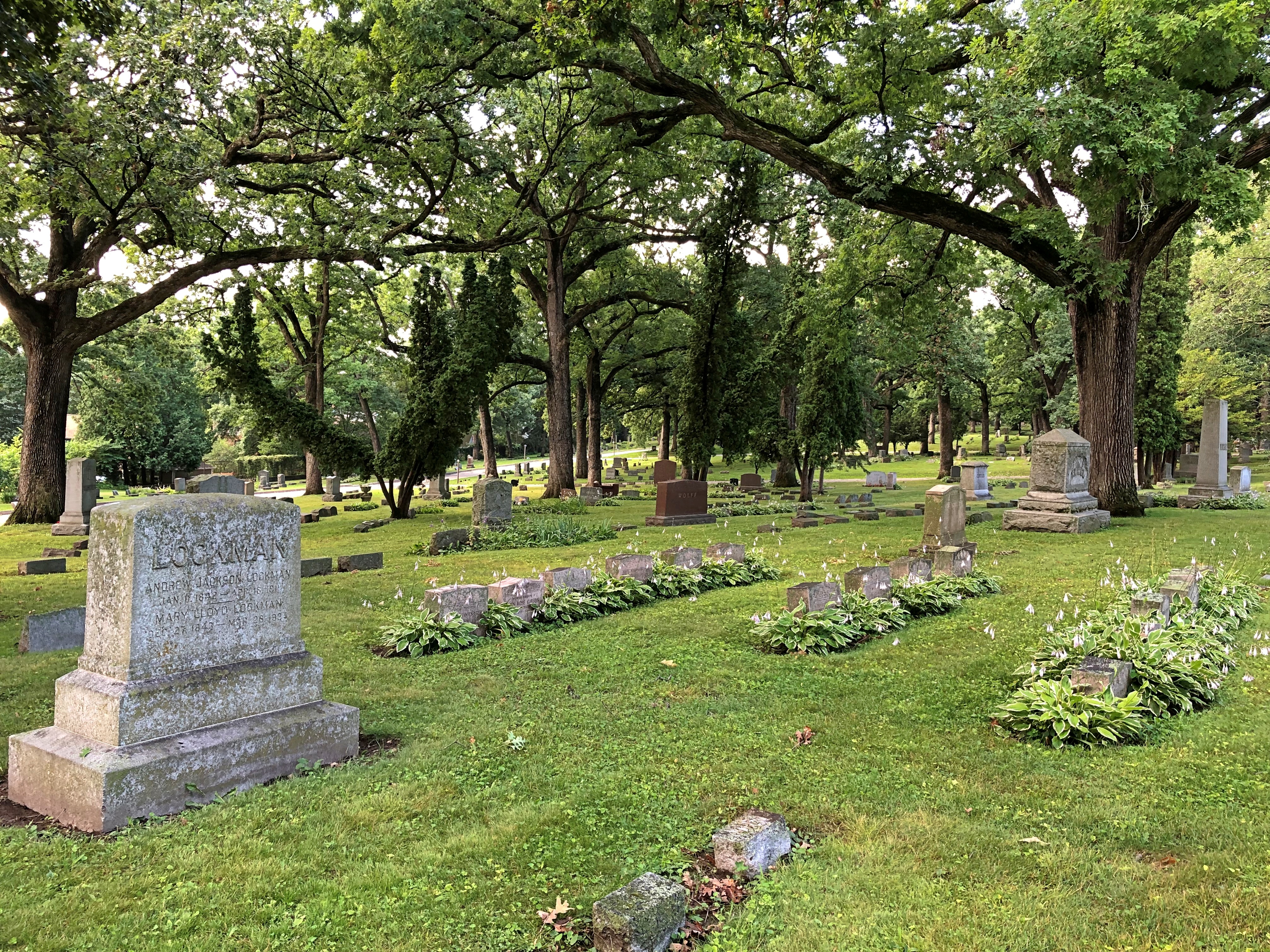
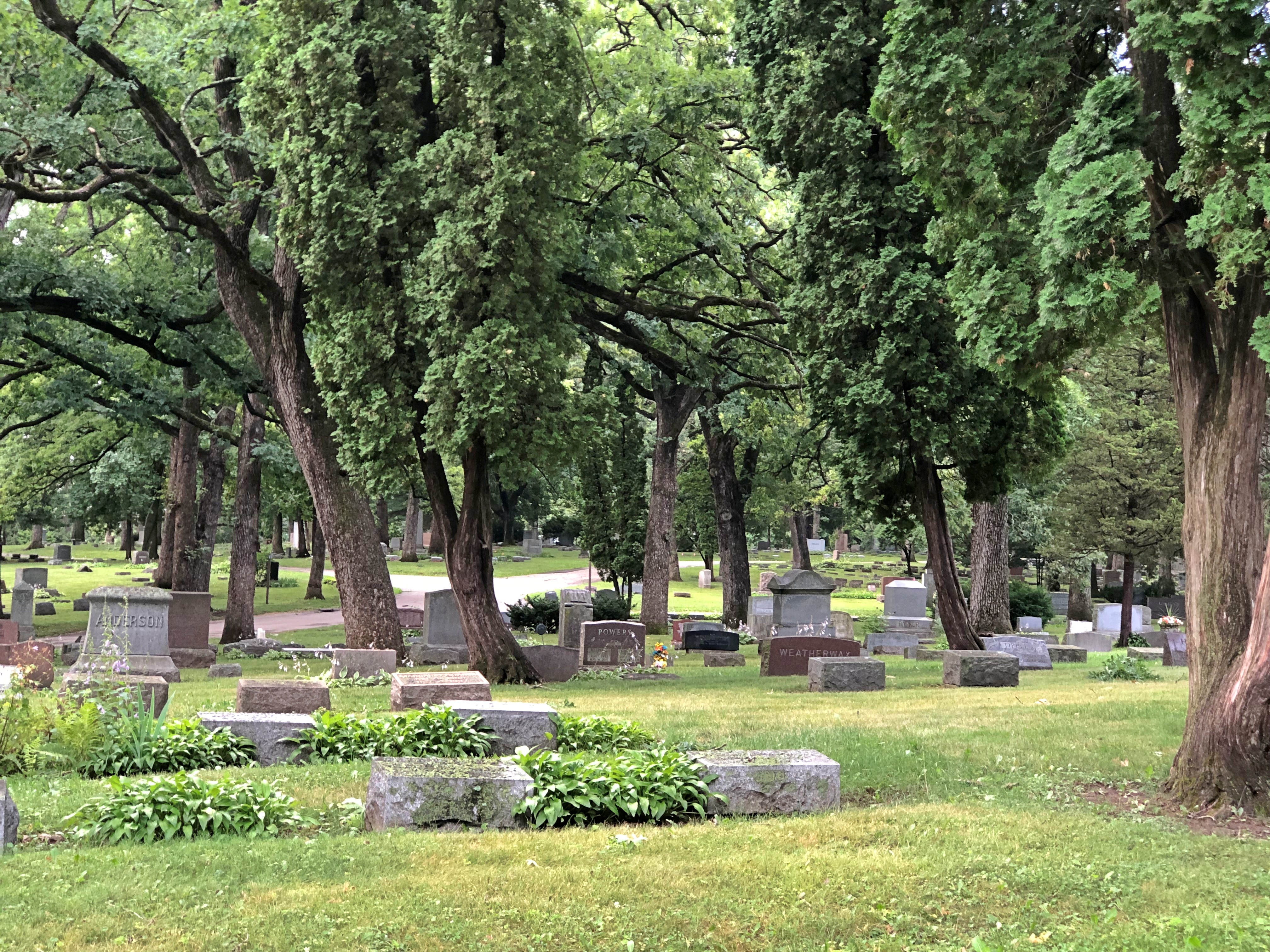
A small section near the entrance is devoted to Civil War dead.
A couple of small chapels grace the grounds.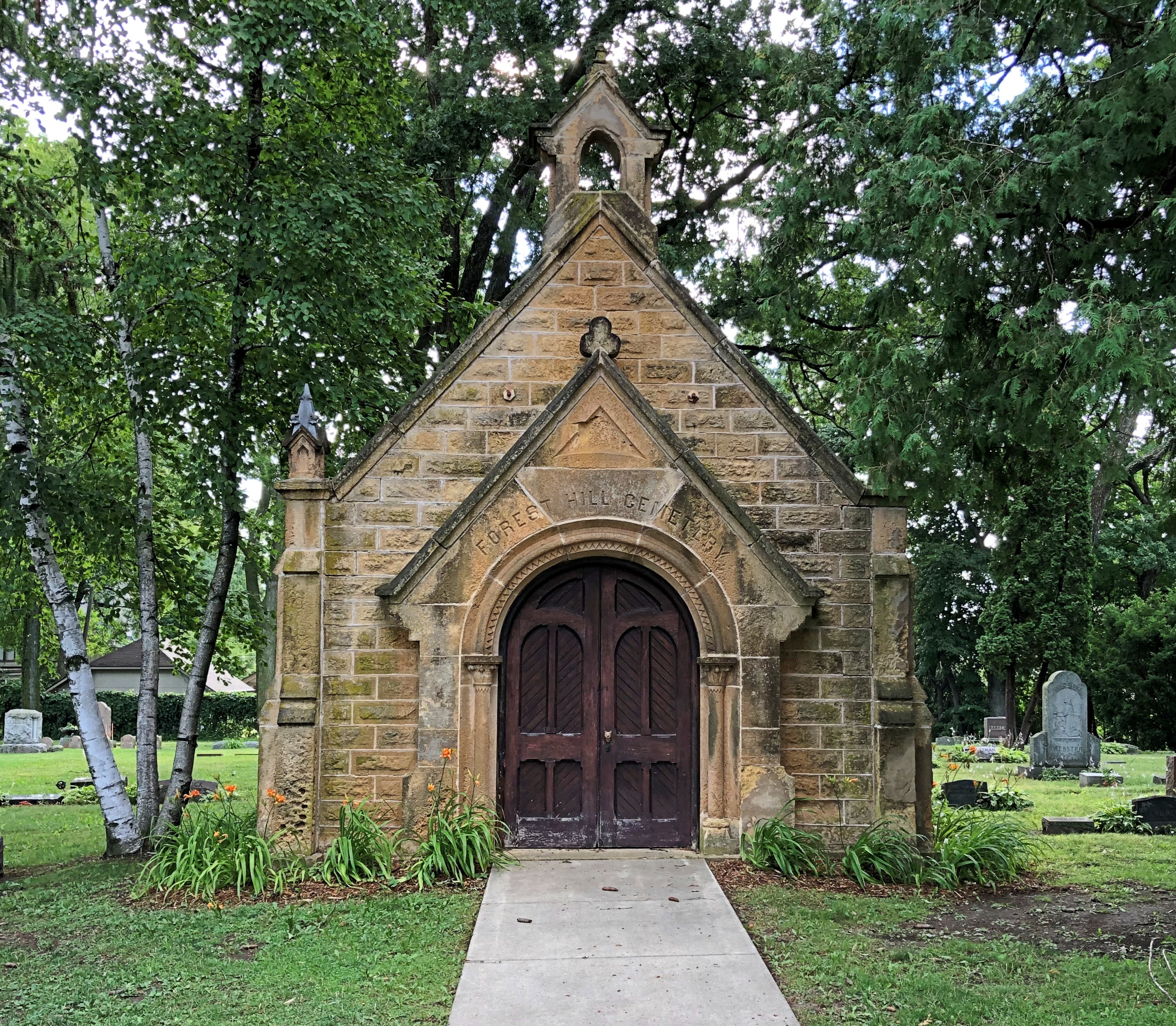

But not a lot of large memorials. Rather, a fair number of mid-sized ones.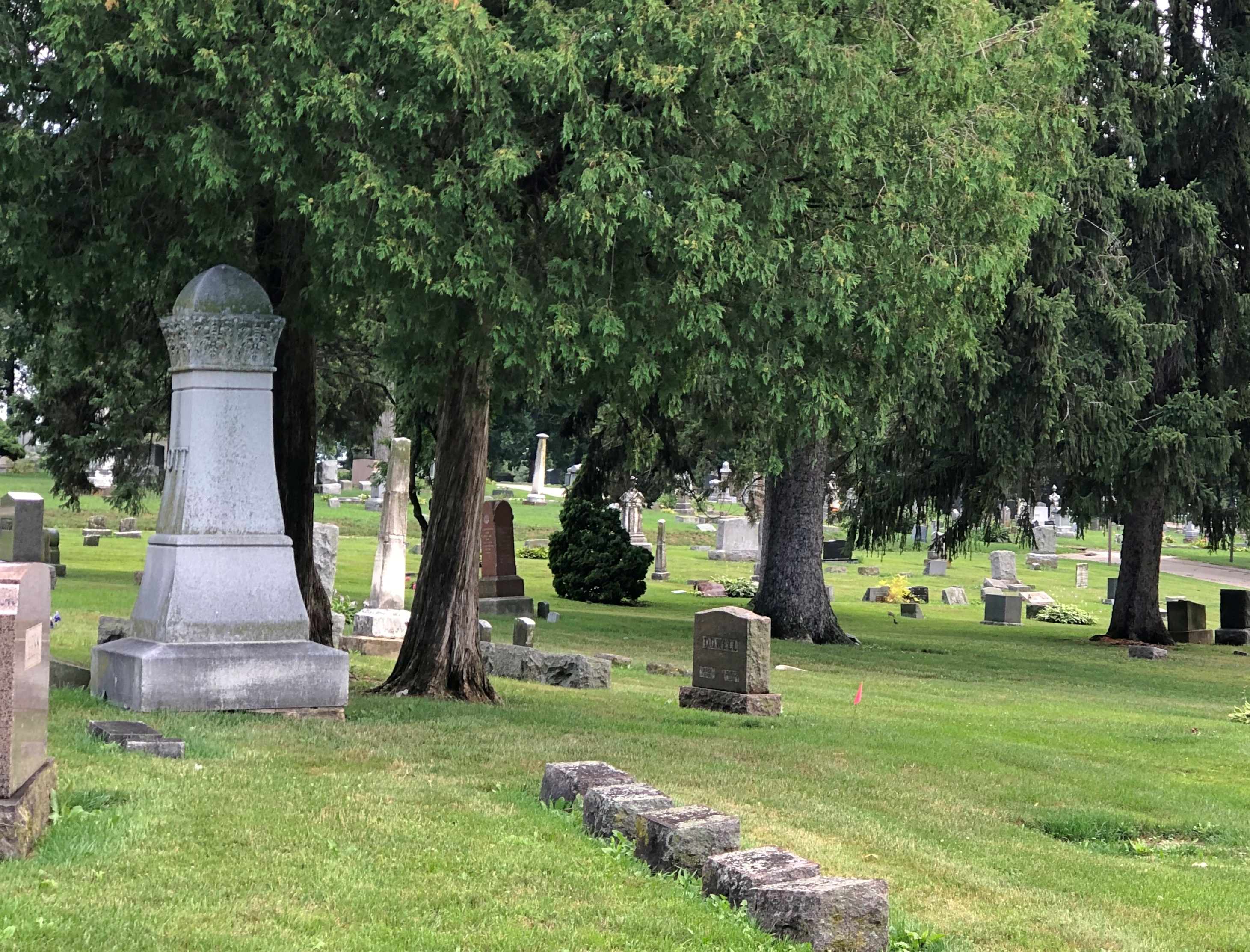
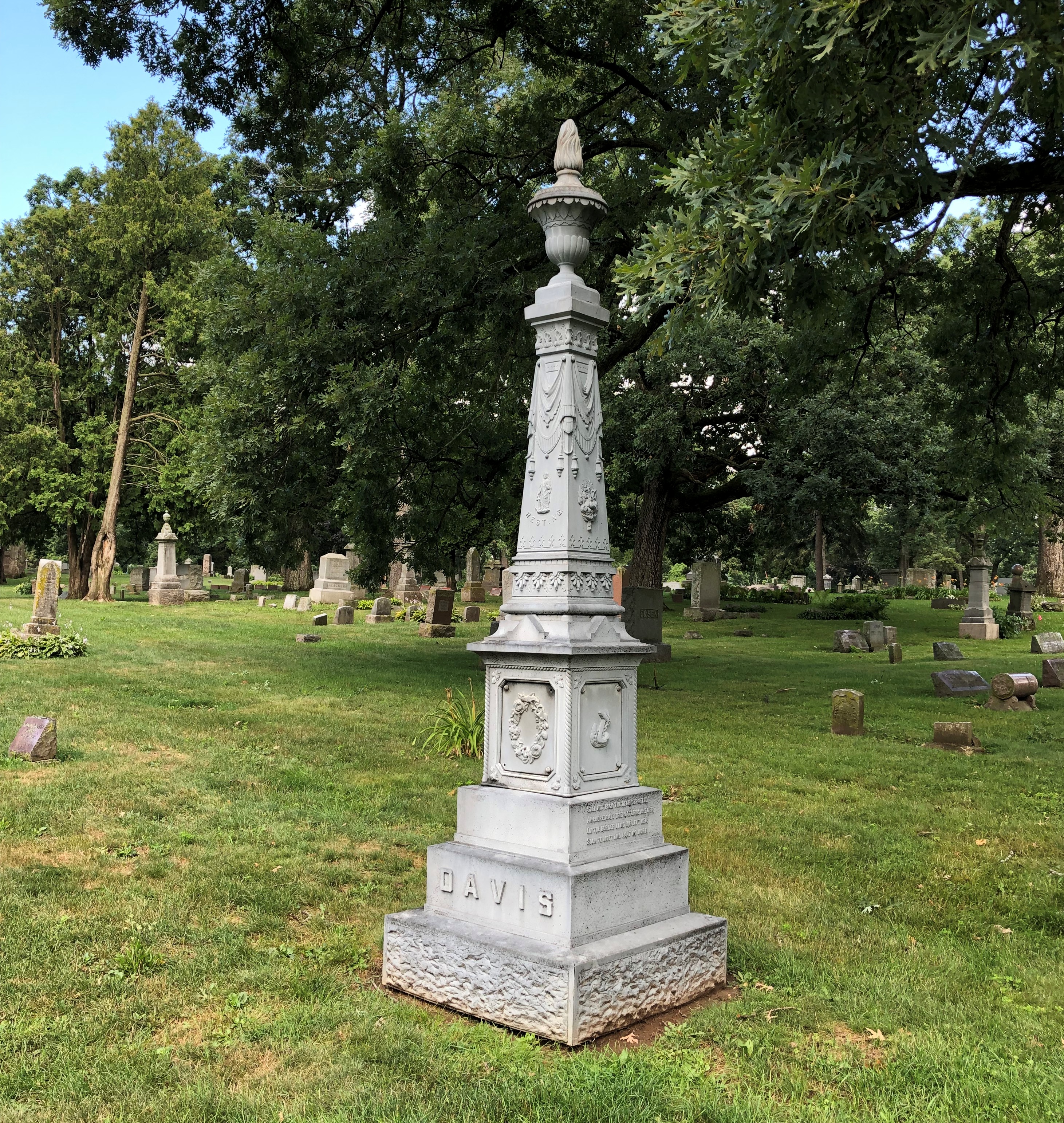

Along with many old stones, of course. Some crumbling, as the decades of Wisconsin weather do what they do.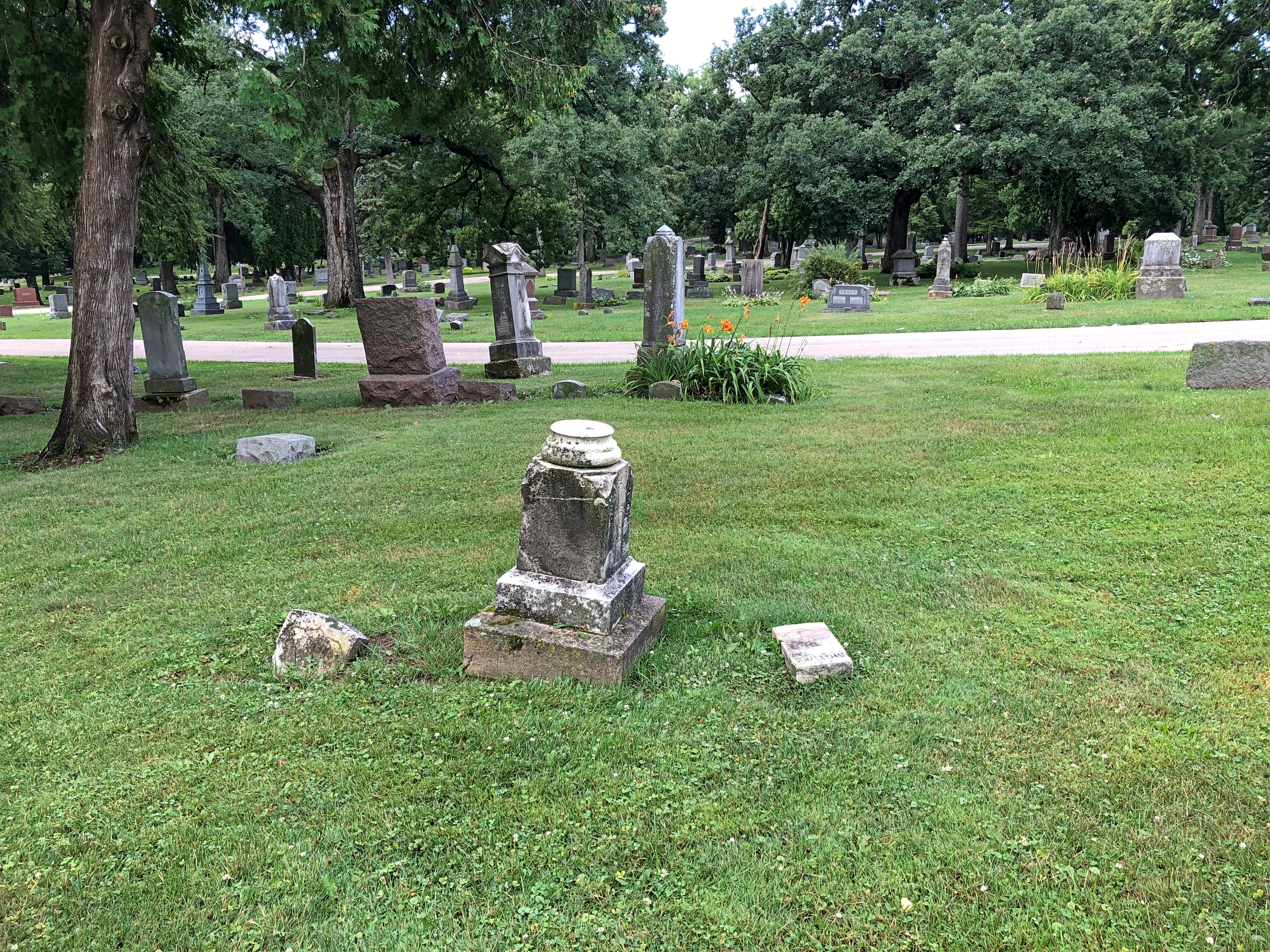
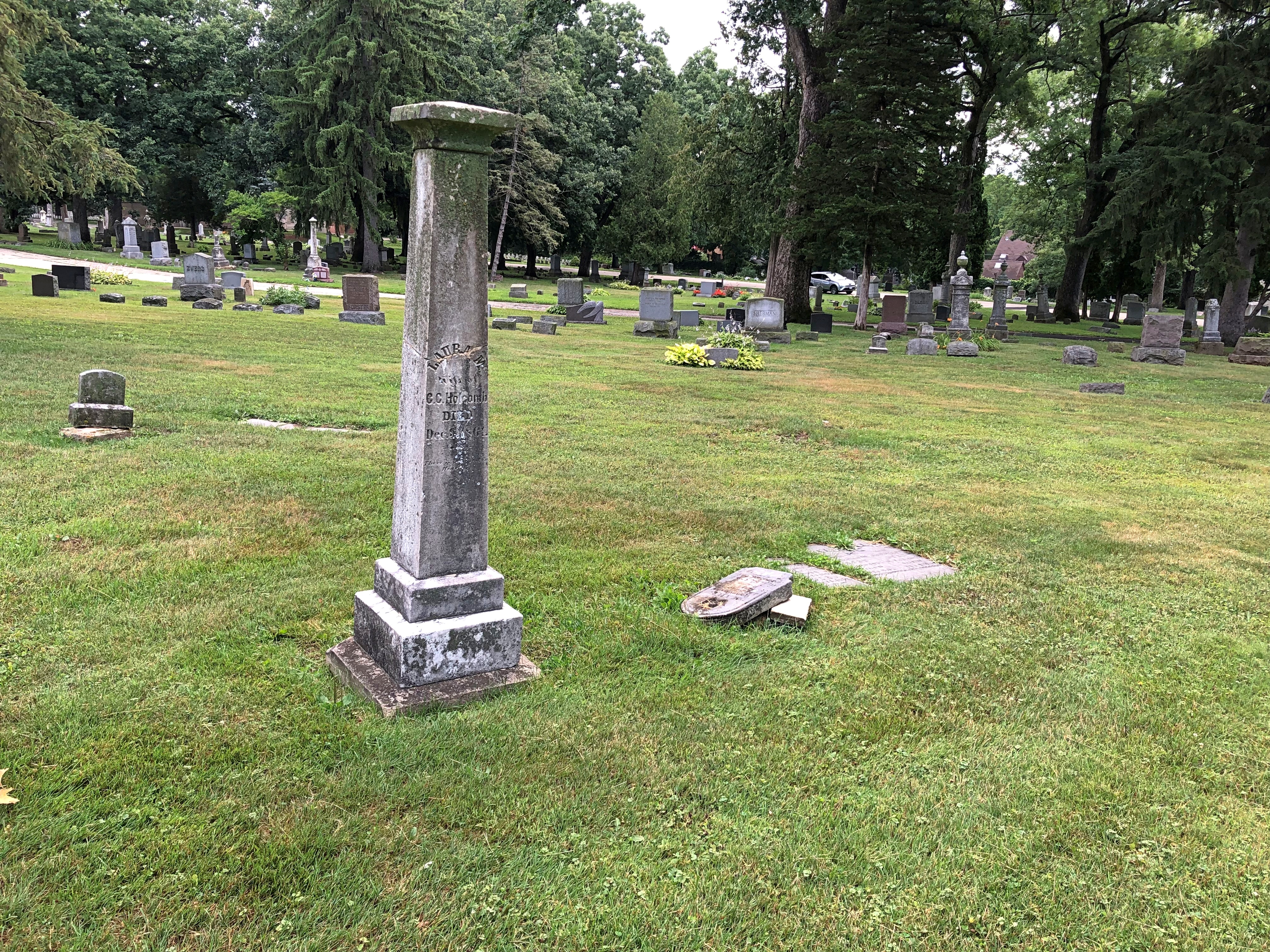
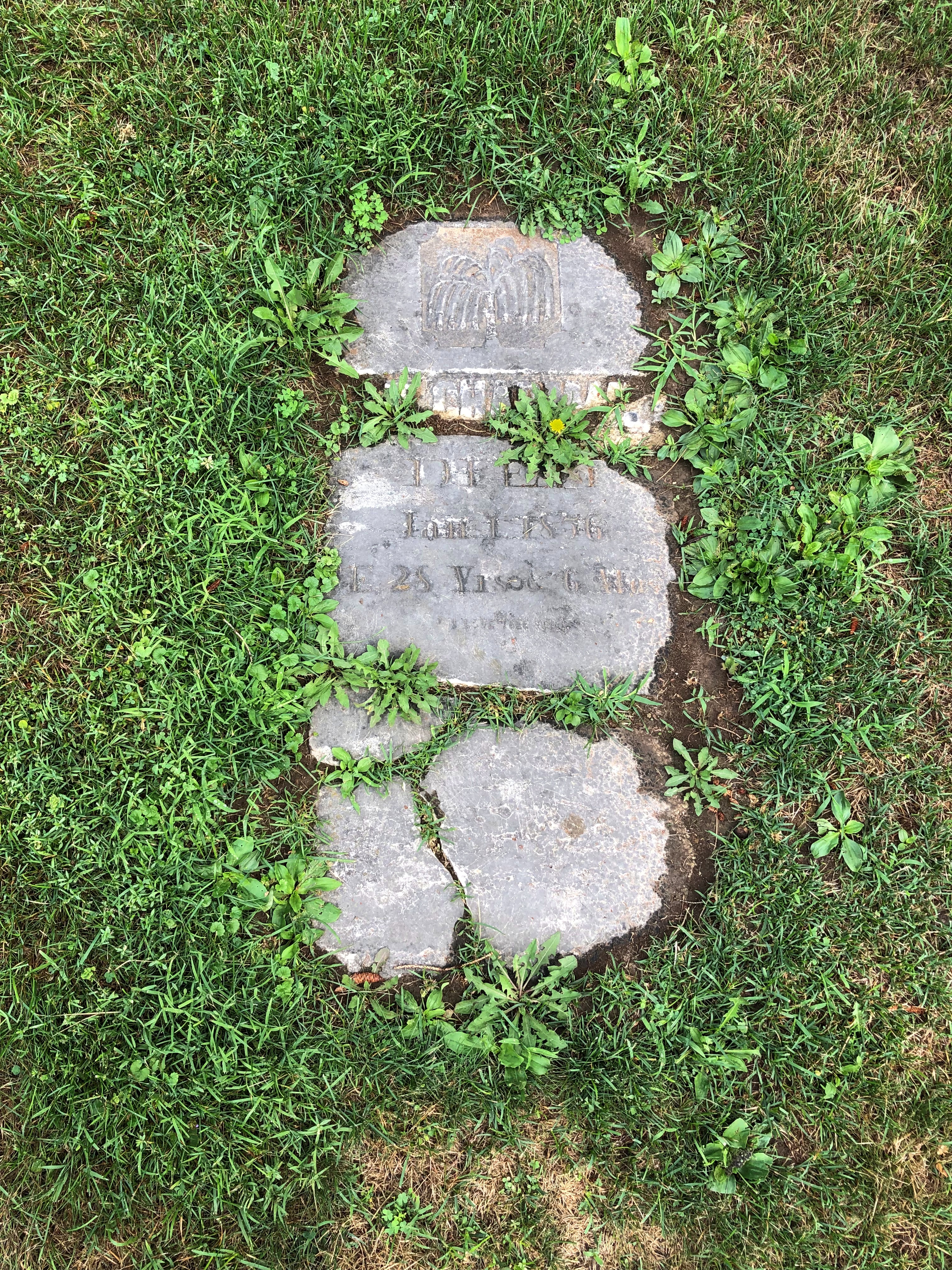
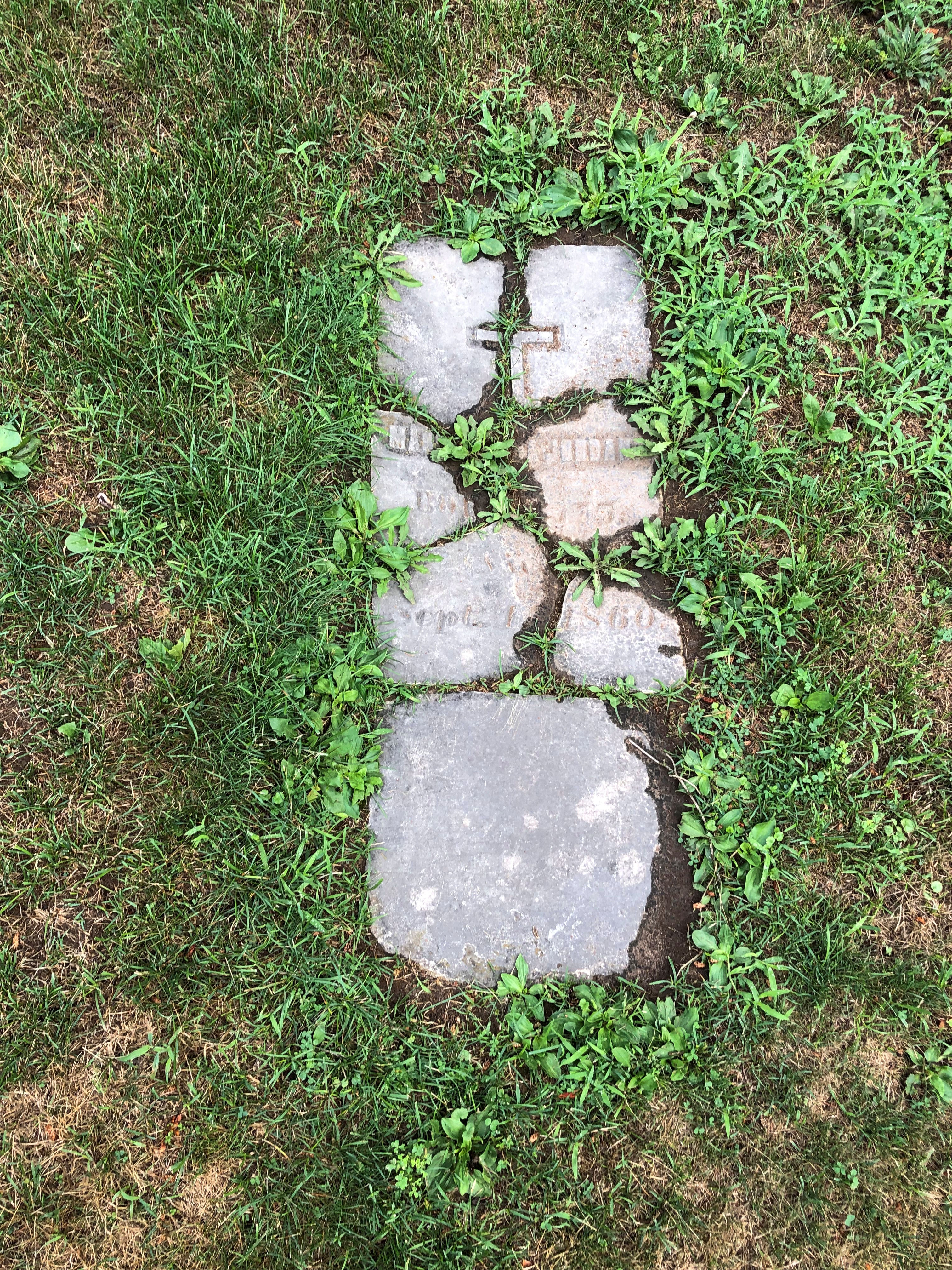
Still, Forest Hill, which is forested but not very hilly, is an active cemetery, with newer stones as well.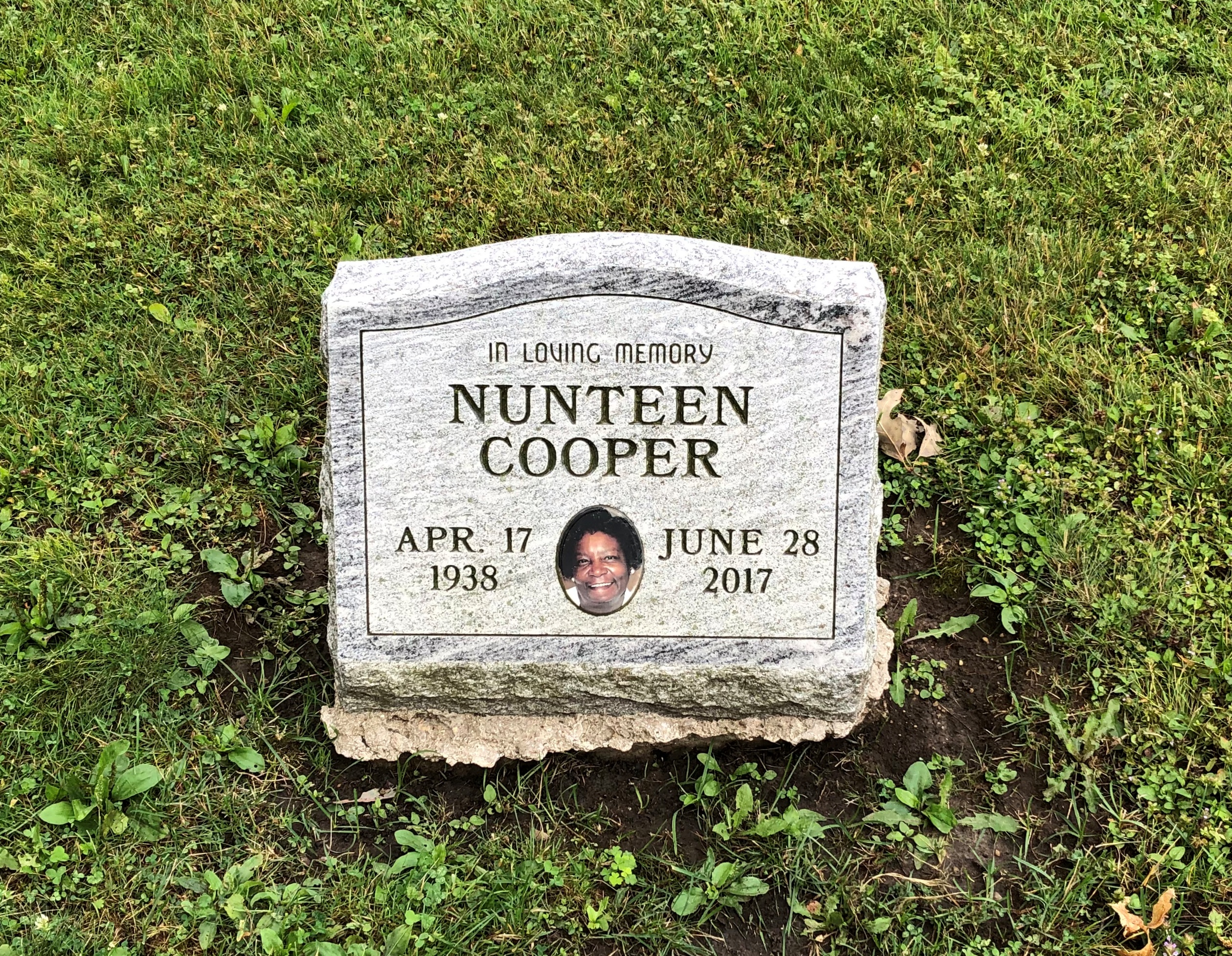
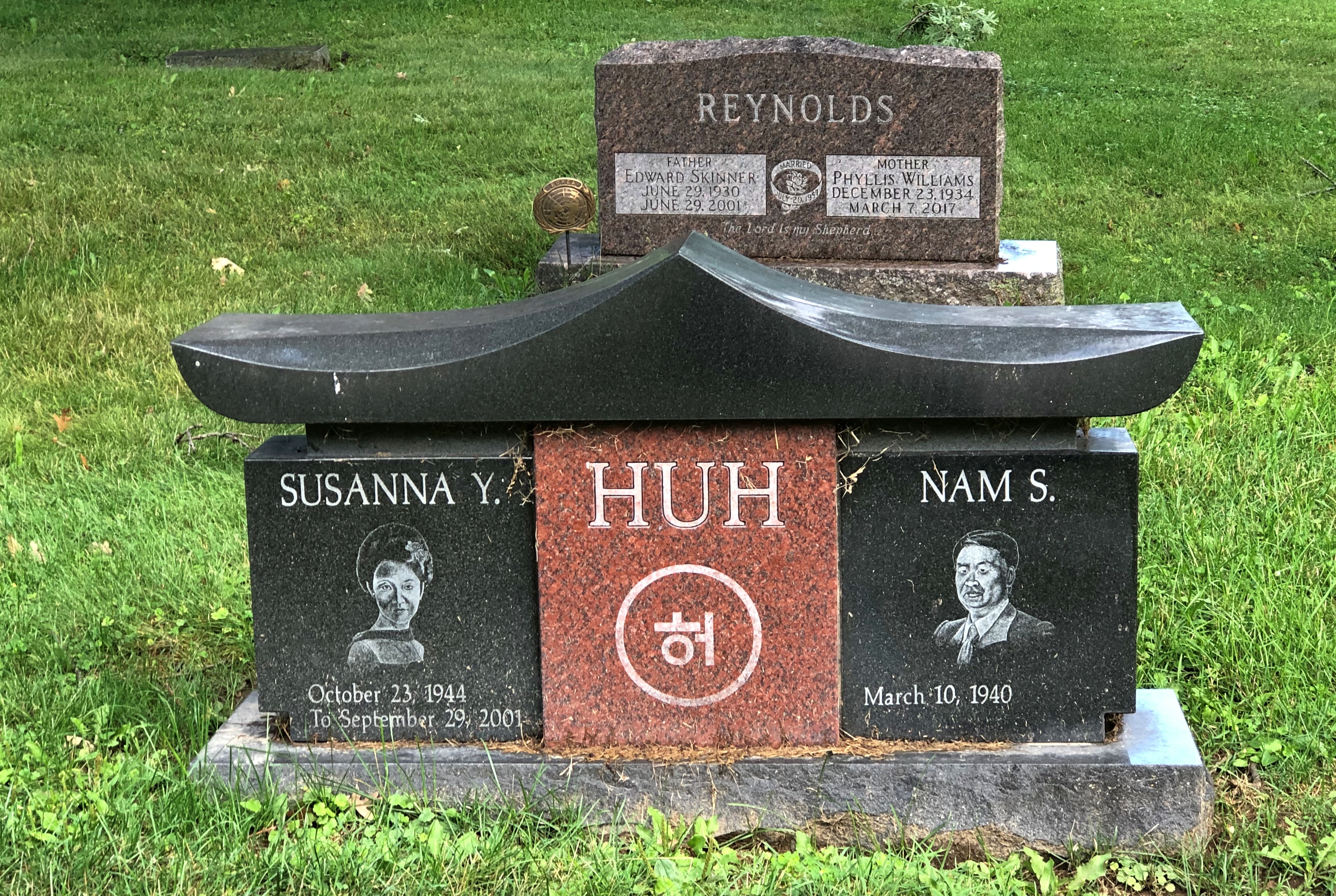
Fighting Bob La Follette and some other La Follettes are buried at Forest Hill, but I didn’t look for anyone in particular and didn’t know he was there until later. Seeing his bust at the capitol the day before counted, by my attenuated standards, as visiting a presidential site.
After all, he headed the Progressive ticket almost 100 years ago in ’24, getting a respectable 4.8 million votes (Davis got 8.3 million and Coolidge 15.7 million). He also got some electoral votes – Wisconsin’s 13 — which not all third-party candidates do. George Wallace was the last such candidate to do so, in 1968 with 46 votes, but none can compare to the haul made by TR when he ran as a Bull Moose (88 votes). And I’m not counting the 1860 election; everyone was essentially a third-party candidate that time.
The Wiki data on presidential elections is quite granular. From it, I learned that the county with the highest percentage of Progressive votes in 1924 wasn’t in Wisconsin, but Texas: Comal County, with nearly 74% going for Fighting Bob. That’s a nice go figure fact.
